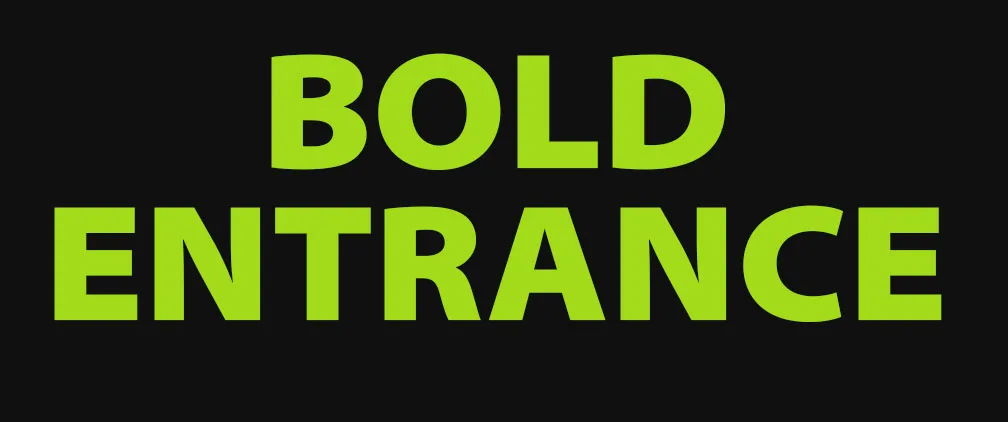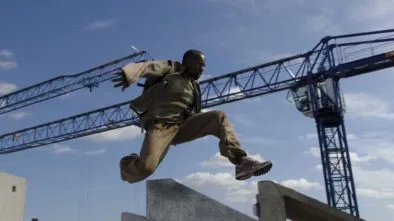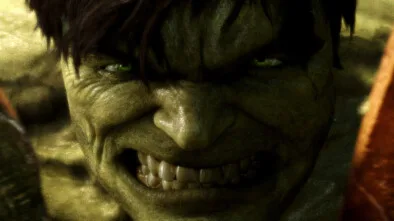[Watch] Christopher Markus and Stephen McFeely Discuss Writing A Marvel Screenplay
What does it take to write a Marvel screenplay? You couldn’t ask for better guides into the process than screenwriters Christopher Markus and Stephen McFeely. The screenwriting duo is responsible for crafting five of the very best Marvel screenplays including Infinity War and Avengers: Endgame.
In the following interview with Vanity Fair, Christopher Markus and Stephen McFeely take you through a detailed look at writing back-to-back screenplays for Avengers 3 and 4, including how they approach writing, how they assembled the plot, their relationship with the Russo brothers and dealing with the Marvel Parliament. Though a collaborative process, they had a surprising amount of freedom in developing the story.
Learn what it took to cap off the 22-film Infinity Saga. And then stick around for a breakdown on how Markus and McFeely write a Marvel screenplay below.
How to Write a Marvel Screenplay
As you can imagine, Marvel Studios runs a tight ship. Hundreds of millions of dollars are set aside for the budget and thousands are employed to bring a Marvel film to the screen. But just like any film, even a Marvel screenplay starts with a writer or writers sitting alone in a room and conceiving the story from scratch.
Well almost.
Markus and McFeely still had the comic book source material and previous films in the MCU to consider. They were told Thanos would be the villain. And Kevin Feige insisted that Avengers 3 and 4 would be two self-contained movies, not a two-parter.
But these were pretty loose guidelines considering the scope of the films they were dealing with. The screenwriting duo had a lot of room to play with. And were even told they could kill off characters, as long as it wasn’t “willy nilly.”
The introduction of Thanos meant the infinity stones became the MacGuffin of the entire MCU thus far. And so McFeely and Marcus used Thanos’ acquisition of the stones as the structure of the first film, with ‘the Snap’ used to split the two films.

Character Development Is Most Important
No matter how big the threat, the heart of the story still boils down to character development and character arcs.
McFeely and Markus knew early on that regardless of the number of characters that have been introduced in the MCU, Avengers 3 and 4 would focus on bringing the six original Avengers’ stories to a close.
Of the six, the character arcs of Iron Man and Captain America would act as the through-line for both films:
While writing Civil War, the screenwriters realized that both Iron Man and Captain America could only become their best selves through their relationship to sacrifice.
Iron Man was becoming less self-centered as time progressed and more focused on saving others. And Captain America was slowly realizing there was more to life than sacrificing yourself for a greater good.
“We realized for Steve to become his best self, he needs to get a life,” said McFeely. “And for Tony to become his best self, he needs to lose his.”
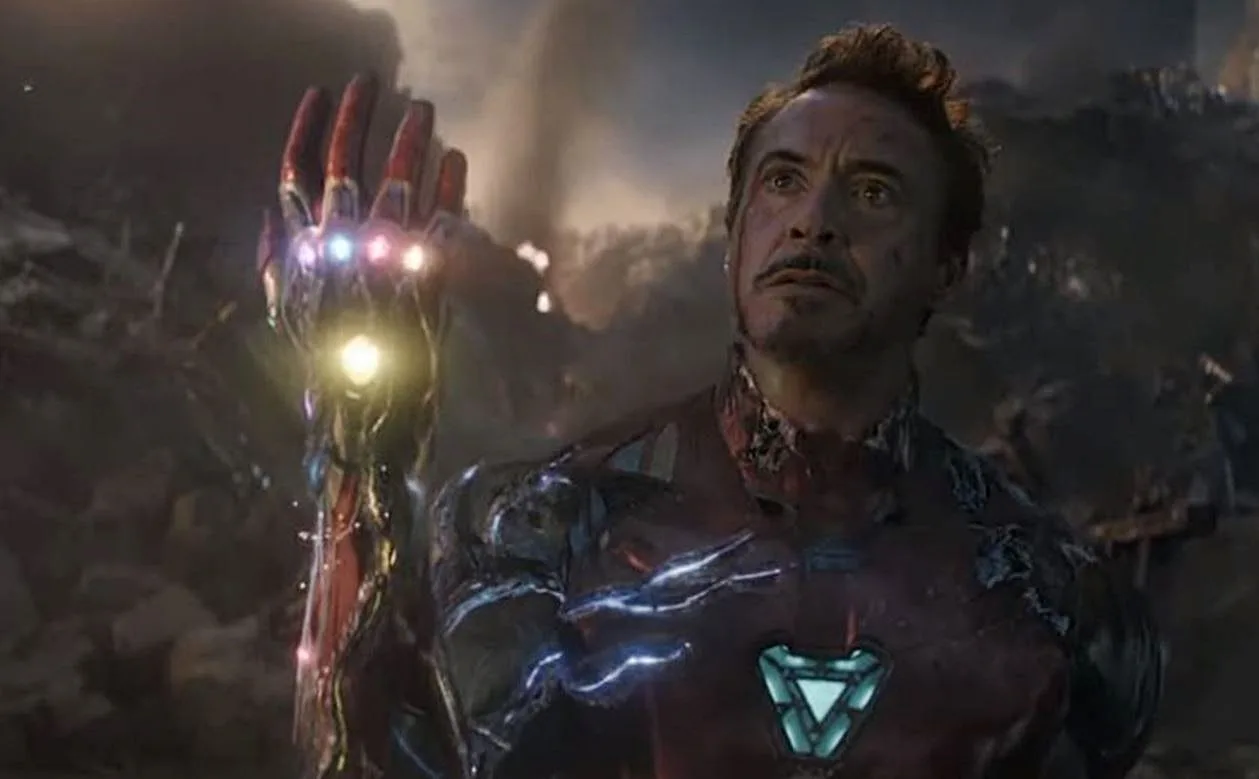
Iron Man makes the ultimate sacrifice.
Brainstorming Cool (And Ridiculous) Ideas
With the basic character arc in place, Markus and McFeely spent four months developing ideas and scenes. They read comic books, re-familiarized themselves with MCU films, and then batted around ideas in a Marvel conference room. Trinh Tran, Kevin Feige, and the Russo brothers would periodically join them.
Marvel gave Markus and McFeely baseball cards of the MCU characters to stick on a whiteboard. They looked at the cards and formed pairs/groups of characters that had never interacted together on screen.
“They are going to hate each other. Let’s put them together,” said Markus. These interactions produced some golden moments in Avengers 3 and 4 such as Thor continually calling Rocket “Rabbit,” and any scene with Star Lord and Iron Man together.
All ideas, no matter how “ridiculous”, were put on 3 x 5 cards, or on a whiteboard. From there, ideas were added to a list and given to the Russos, so they could circle the ideas they liked.
It was a continual process of cutting down ideas/scenes until the appropriate ideas/scenes were finalized. These scenes were then organized into a basic three-act structure showing where they would appear in the plot. The three-act structure was a good framework for hanging scenes on so they could “spend more time on the character work, and on the really interesting details.”
Once the four months were up, Markus and McFeely had an outline for both Infinity War and Avengers: Endgame.
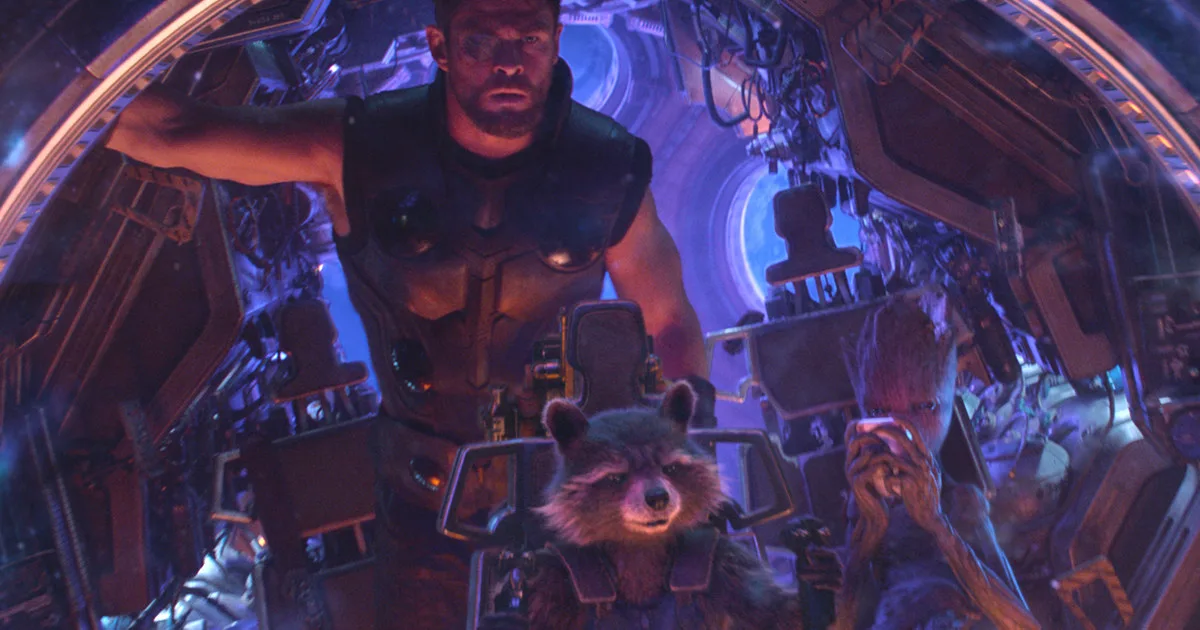
Thor and Rocket
Presenting the Outline to Marvel Parliament
According to Markus, the outline provides “a nominal sense of the excitement or sadness of the dynamics we are trying to build.”
Each scene that had been discussed at length and organized into a structure was written up in detail with dialogue. After various drafts, each scene was numbered and sent off to the Marvel Parliament. This organization includes executive producers Stephen Broussard, Eric Carroll, Nate Moore, Jonathan Schwartz, Trinh Tran, and Brad Winderbaum.
These producers have a good understanding of Marvel characters, and their relationship with the screenwriters was largely collaborative. For instance, Trinh Tran gave them the inspiration to just kill Thanos in the first twenty minutes of Avengers: Endgame.
From Frankenstein Draft To Shooting Script
Once Markus and McFeely got the okay to write the script, they followed a weekly process of assigning each other different scenes to write. They reconvened at the end of each week, compiled their work and read them out loud. Then they assigned the next week’s work, and followed the process again.
They tried to divide action and character sequences equally. But even action sequences are ultimately about character. The action scenes can’t be gratutuitous; they need to mean something. As a result, Markus and McFeely asked the following questions about each action scene:
- what does it mean for the character?
- what does it cost the character to go through it?
Once finished, they have what they call the “Frankenstein Draft”: a typically long and repetitive mixed bag with some golden moments.
From there, it was about “hacking it” into a functional first draft.
“Functional is the best thing you could ask from a first draft,” said Markus. “We sit together for how many weeks it takes. And read it through and edit it as we go, and write new scenes. That’s when we go from semi-failed experiment to functional script.”
Markus likens the first draft to a “progress report” on where they are and where they want to go. Two drafts were handed in on May 1st, 2016. And for the rest of the year, they turned out five or six drafts continually fine-tuning the story until they came up with a shooting script
But the reshaping of scenes didn’t stop with the shooting script. McFeely and Markus could do 15 drafts of one scene during production. Scene by scene from the script was projected onto a screen for discussion with the Russos. “[At this point] everyone’s weighing in like, ‘We can beat that’, or ‘We can cut that,'” said McFeely.
Markus added: “As the departments come on it’s becoming more interactive. It’s all part of the character-building, story-telling process. And you’re just getting more tools as the movie solidifies around it.”

From left: Christopher Markus, Anthony and Joe Russo, and Stephen McFeely
Sometimes On Set Revisions Need To Be Made
The scripting process is refined even further on set. The screenwriters are involved with rehearsal every day to make small changes. Someone may not like a line or a prop may change. Or alts may be added, such as a variety of jokes a character may say. They’re just small adjustments to make the script tighter.
Once rehearsal is done, the duo leaves the set and continues writing revisions on either Infinity War or Endgame.
The films are also being edited as they are shot. This clarifies what they’ve got or what is missing in a scene. As a result, Markus and McFeely may be required to write additional dialogue to tie the scene together better. And then because the set is still up, and the actors are still there, the filmmakers can shoot the additional footage without too much difficulty.
Tweaking of the script was finished in January or February 2019, ending just before a month of additional photography for scenes finished. Everyone works right up to the last minute to ensure they make the best possible film. Nonetheless, Marvel is a well-run machine, but as Christopher Markus and Stephen McFeely discovered, its a machine with considerable creativity and collaboration behind it.
